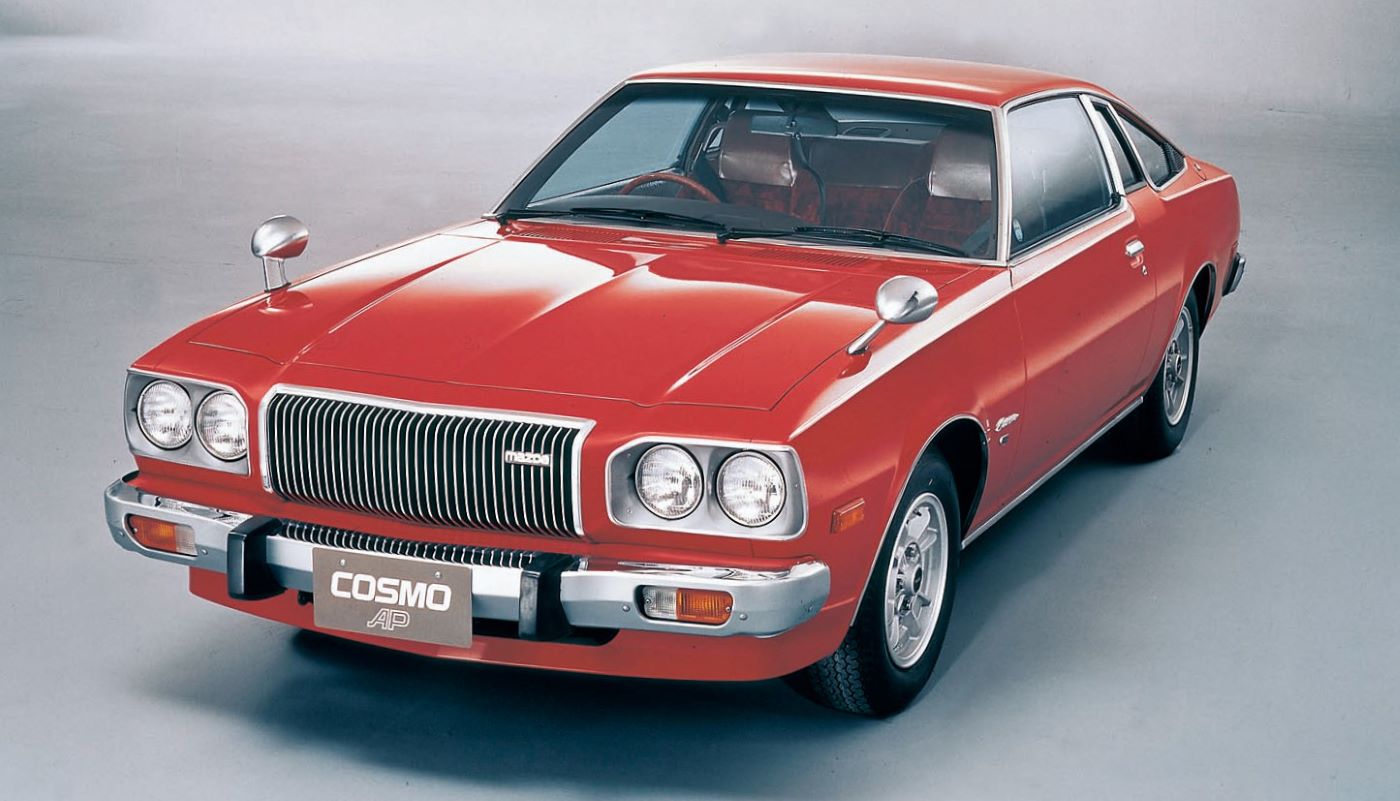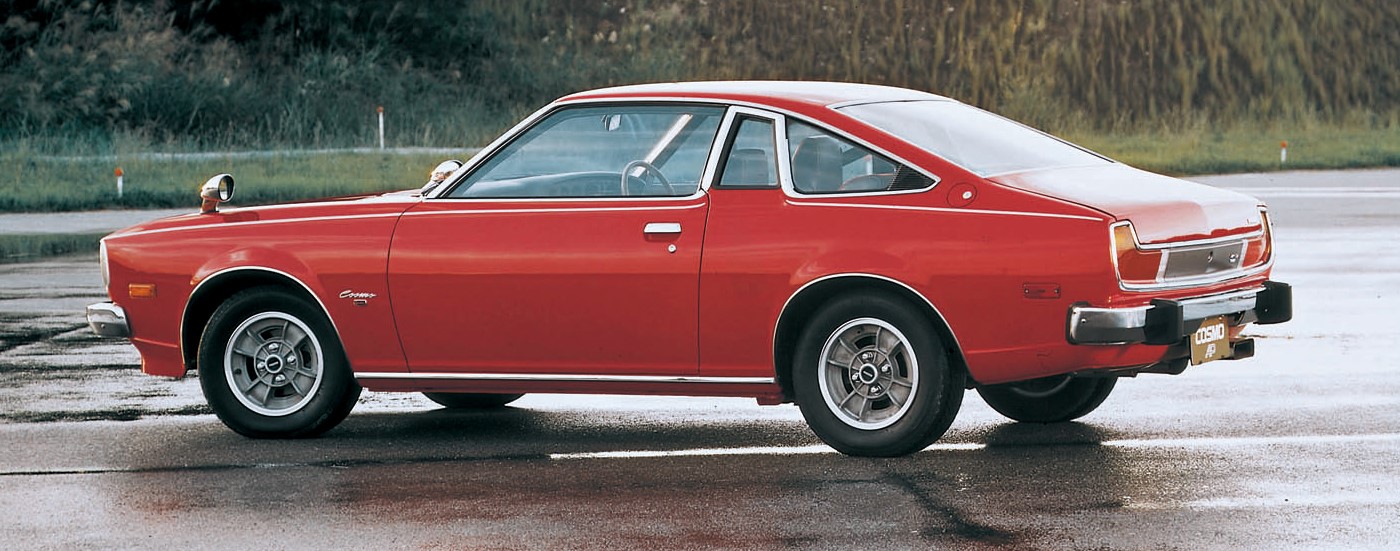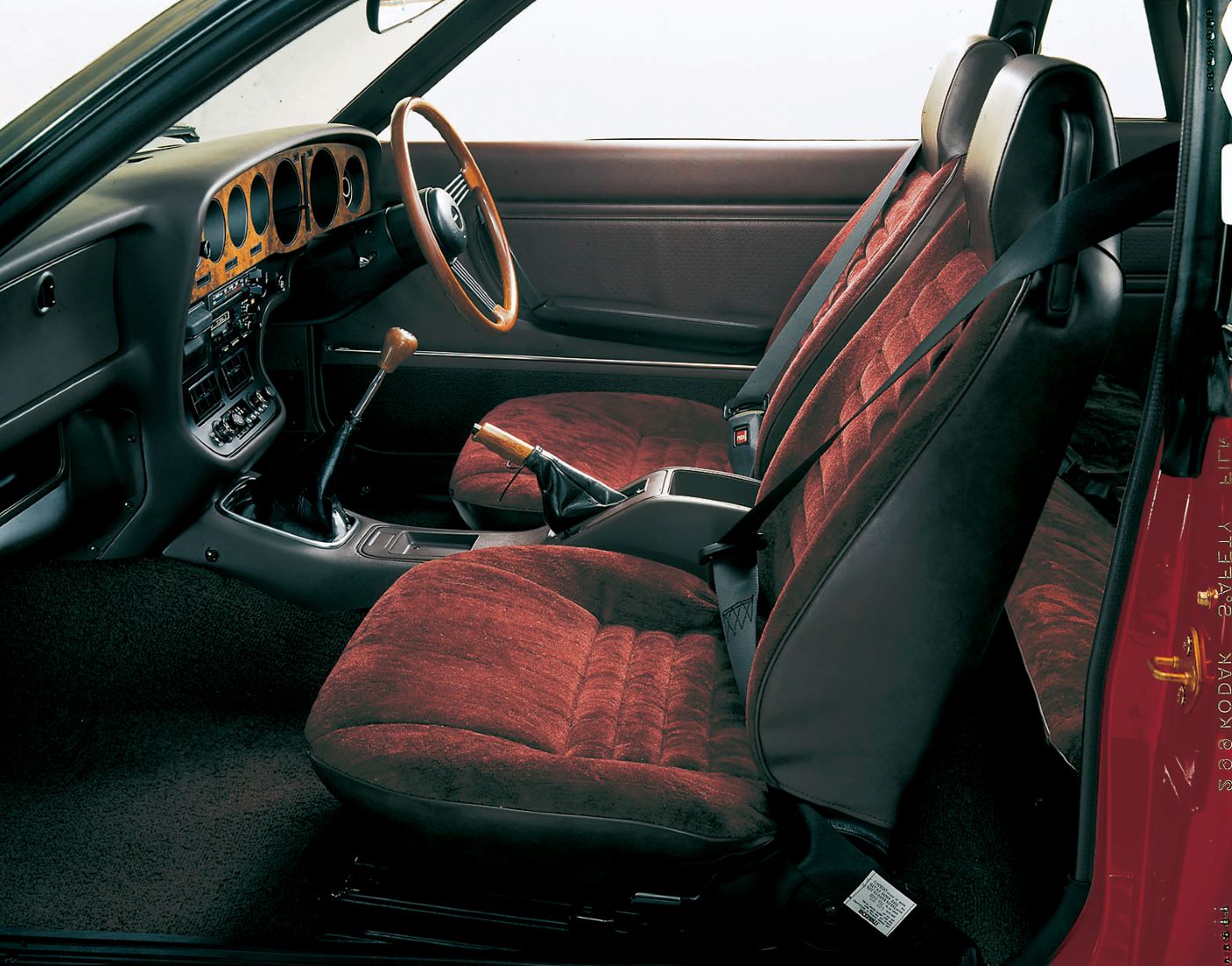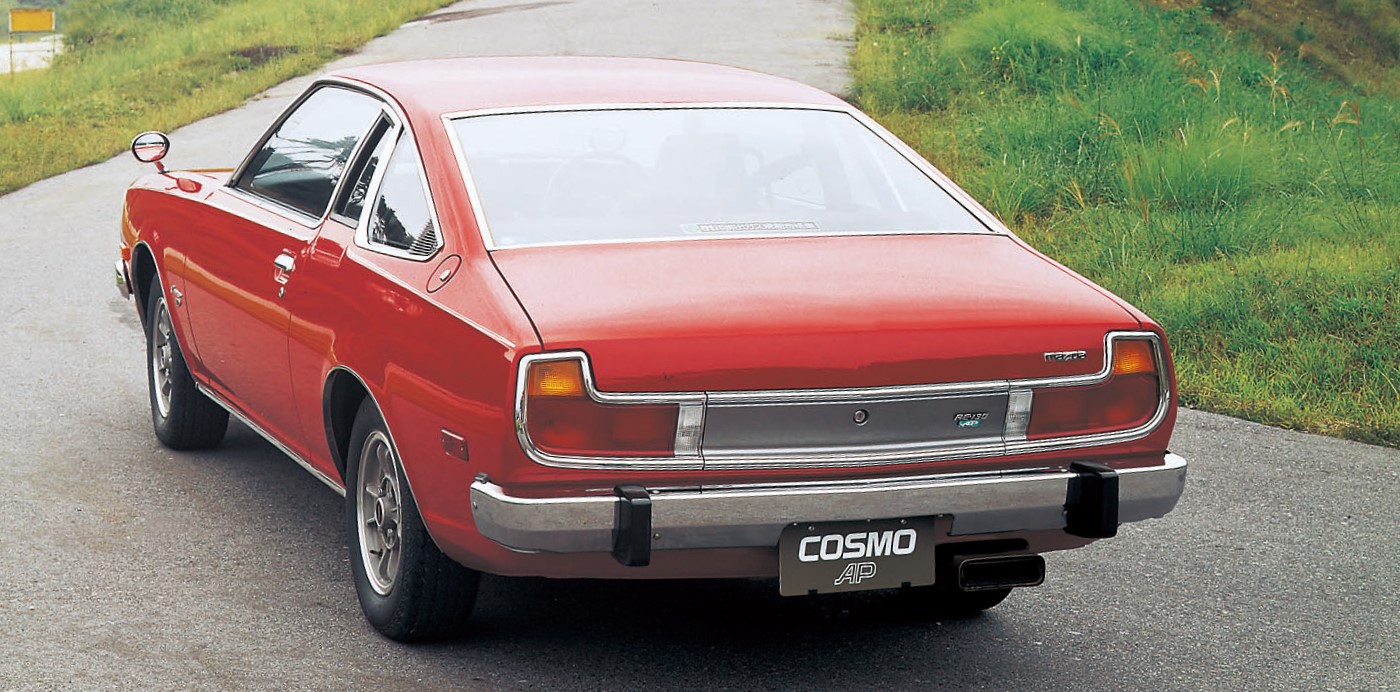
The 1975 Mazda Cosmo, often referred to as the “Mazda Cosmo AP” (Anti-Pollution) or “Mazda RX-5” in some markets, is part of the second generation of the Cosmo series. This model continued Mazda’s tradition of incorporating rotary engines into stylish, performance-oriented vehicles.
Overview of the 1975 Mazda Cosmo (2nd Generation):
- Manufacturer: Mazda
- Model: Cosmo AP / RX-5
- Production Years: 1975–1981
- Body Styles: Available as a 2-door coupé and 2-door fastback
- Platform: The Cosmo AP was built on the Mazda LA platform, which it shared with the Mazda Luce.
Engine and Performance:
- Engine Options:
- 12A Rotary Engine: The standard engine option, a 1.2-liter twin-rotor Wankel rotary engine, producing around 120 horsepower.
- 13B Rotary Engine: A more powerful option with a 1.3-liter twin-rotor rotary engine, delivering approximately 130-135 horsepower.
- 2.0-Liter Inline-4 (Optional): In some markets, particularly where rotary engines were less popular, a 2.0-liter inline-4 engine was offered.
- Transmission: Available with a 4-speed manual, 5-speed manual, or 3-speed automatic transmission.
- Layout: Front-engine, rear-wheel-drive (FR layout)
Design and Features:
- Exterior Design: The 1975 Mazda Cosmo AP featured a sleek, futuristic design with a long hood, short rear deck, and flowing lines that gave it a sporty yet elegant appearance. The front end had a distinctive, wide grille with rectangular headlights, and the fastback model was particularly noted for its stylish roofline.
- Interior: The interior was designed with a focus on comfort and luxury, featuring plush seating, high-quality materials, and advanced features like air conditioning, a high-end audio system, and power accessories in higher trims.
- Technology: The Cosmo AP incorporated advanced technology for its time, including an innovative suspension system and features aimed at improving emissions and fuel efficiency, in line with its “Anti-Pollution” designation.
Market Position:
- Target Audience: The Mazda Cosmo AP was positioned as a grand tourer (GT) and luxury sports coupé, aimed at buyers looking for a blend of performance, style, and comfort. It was designed to compete with other high-end coupés of the time, including the Nissan Skyline, Toyota Celica, and European imports.
- Sales: The Cosmo AP was more successful in Japan and certain export markets like Australia and New Zealand, where its unique styling and rotary engine found a niche following. However, in some markets, the rotary engine’s reputation for higher fuel consumption and maintenance costs limited its appeal.
Legacy:
- Rotary Engine Heritage: The 1975 Cosmo AP continued Mazda’s tradition of incorporating rotary engines into its lineup, helping to solidify the rotary engine as a central part of Mazda’s identity during this period.
- Collector Interest: Today, the second-generation Mazda Cosmo is appreciated by enthusiasts for its distinctive design and the unique driving experience provided by its rotary engine. It remains a sought-after model among collectors, particularly in its fastback form.
- Influence: The Cosmo AP influenced the design of later Mazda sports cars, and its use of rotary engines helped pave the way for future models like the RX-7, which would become one of Mazda’s most iconic vehicles.
The 1975 Mazda Cosmo is remembered as a stylish and innovative vehicle that encapsulated Mazda’s commitment to rotary engine technology and elegant design. It remains a symbol of Mazda’s adventurous spirit during the 1970s.





You must be logged in to post a comment.